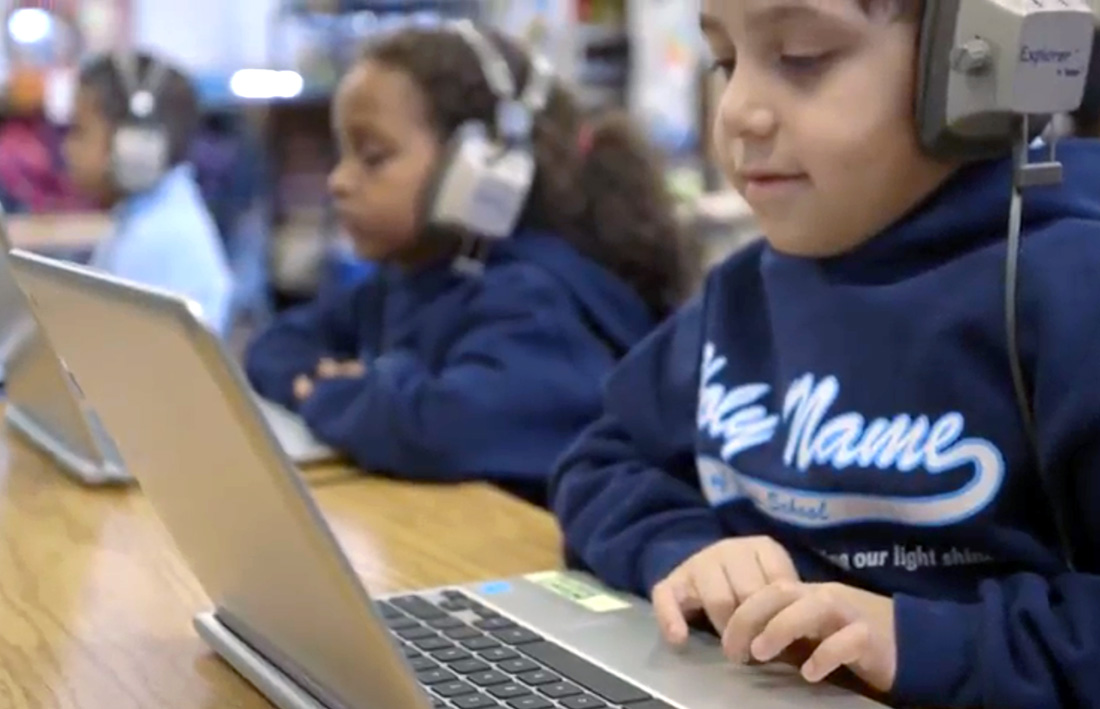K-12 schools that have been identified as partners in a grant-funded or self-funded initiative integrating Blended Learning into their school site.
- Opportunity for students to learn at their own pace and level
- Utilizes adaptive and assignable software
- Allows teachers to obtain immediate data on student learning, differentiating the learning in order to maximize student success
LMU iDEAL Institute Blended Learning Partnership Schools are schools that have been identified as partners in a grant-funded or self-funded initiative introducing and integrating Blended Learning into their school site. Our Blended Learning model is an opportunity for the students to learn at their own pace, at their own level, through small group instruction, individual and collaborative practice and using adaptive and assignable software. This program allows teachers to get immediate data on student learning and differentiate the learning in order to maximize student success.
The three pillars of the Blended Learning Partnership Schools are: Leadership, Culture and Technology.
Leadership
These schools partake in three years of ongoing professional development in pedagogical best practices as well as blended learning best practices. Using a Teacher Leader model foundation and the Technology Integration Specialist Certification, the teachers become practitioners that are not only fluent in current teaching pedagogies, but the schools' Teacher Leaders (TLs) are certified as well.
Culture
LMU seeks to create a community and culture of college and career readiness in their Blended Learning Partnership Schools. This includes not only a college awareness and college-going mindset, but academic preparation as well. Classrooms are infused with reminders that college is within student reach, teachers receive professional development on fostering a classroom culture that promotes a college-going mindset, and students take ownership of their learning.
Technology
The technology in the Blended Learning Partnership Schools is unique to each school. The schools are evaluated and devices and software are selected based on their needs. Students will experience interactive and engaging digital content as a supplement to their teachers' lessons and labs. Students will work both independently and collaboratively using technology regularly. This engagement with the technology aligns with the technology standards (ISTE NETS-Students) and allows for the integration of digital citizenship curriculum.
